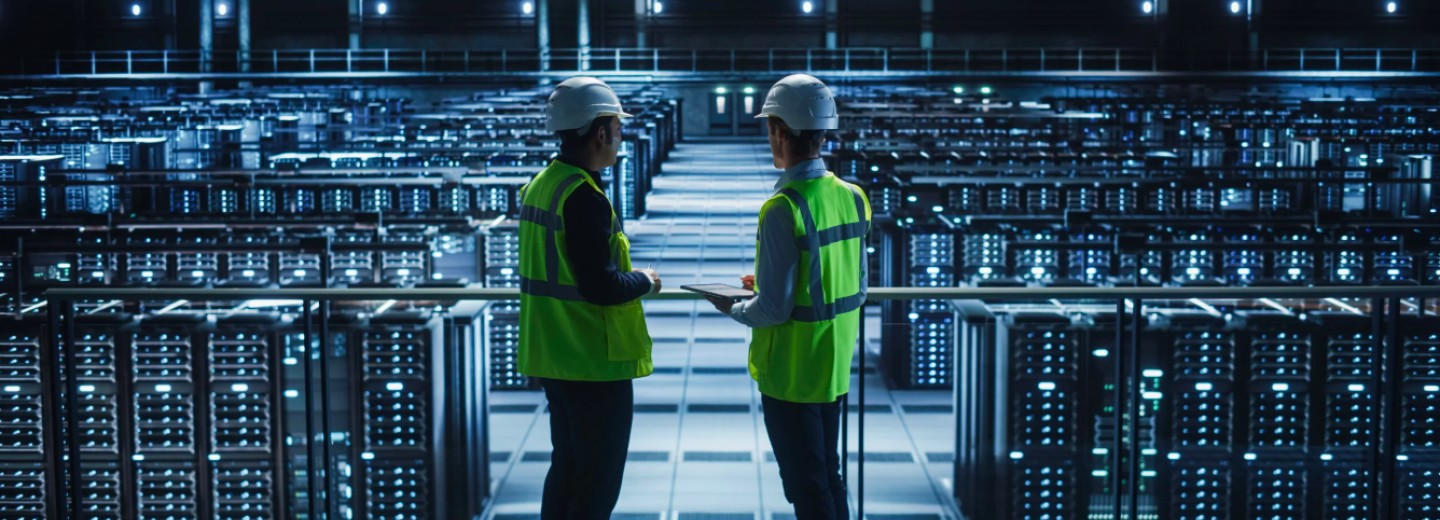Data Centres – drinking the world’s water?
The more technology and the Internet develop, the thirstier it becomes. We all rely on data ‘in the cloud’. ‘The Cloud’ is a myriad of data centres. Google released its 2023 environmental report recently. It attracted the attention of the Editor of I-Feng. Here I summarise part of his article. But it is not as simple as the Editor describes, as I learnt from talking to one of Europe’s most respected experts.
The I-Feng article
Google used 5.6 billion gallons of water last year. This could fill half of the West Lake.
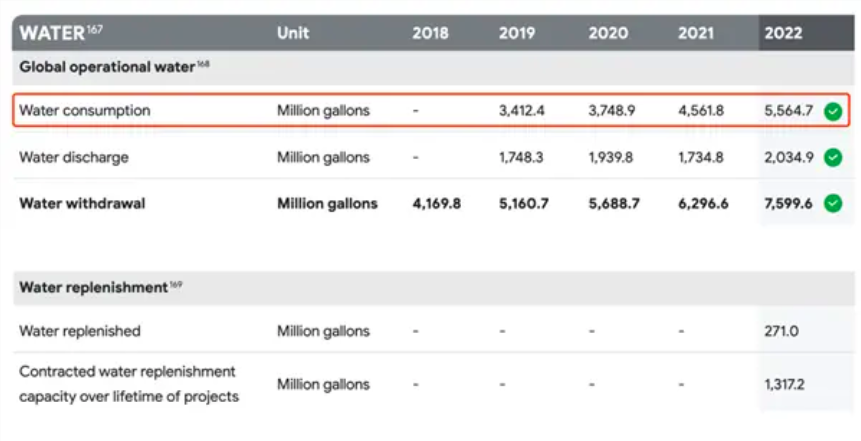
The report highlights its data centres that use water to dissipate server-generated heat. Initially, data centres did not rely on water for heat dissipation but used electricity to air condition their servers. In China, for example, in 2021, the total power consumption of data centres nationwide reached about 2.6% of the country's total power consumption.
However, this electricity was used for ‘unproductive’ work like heat dissipation. Heat generation is vast because a data centre is open all year round. An oversized air conditioner costs a lot of electricity for computers to work correctly. To save electricity, the best way is to dissipate heat for free. So, China has seen various enterprises rack their brains to dissipate heat for nothing.
The obvious solution is to go where it is cool. 2014 Tencent cut out 470,000 square meters of a cave in Guizhou as a data centre. In 2017, Huawei built a cloud store in Gui'an New Area to be used as Huawei's cloud data centre. In 2018, Apple's iCloud data also turned into "Guizhou on the Cloud". Guizhou has cheap land prices, plentiful water, and cheap electricity. The environment in Guizhou is cool and stable enough to maintain a data centre. Huawei saves 600 million yuan every year.
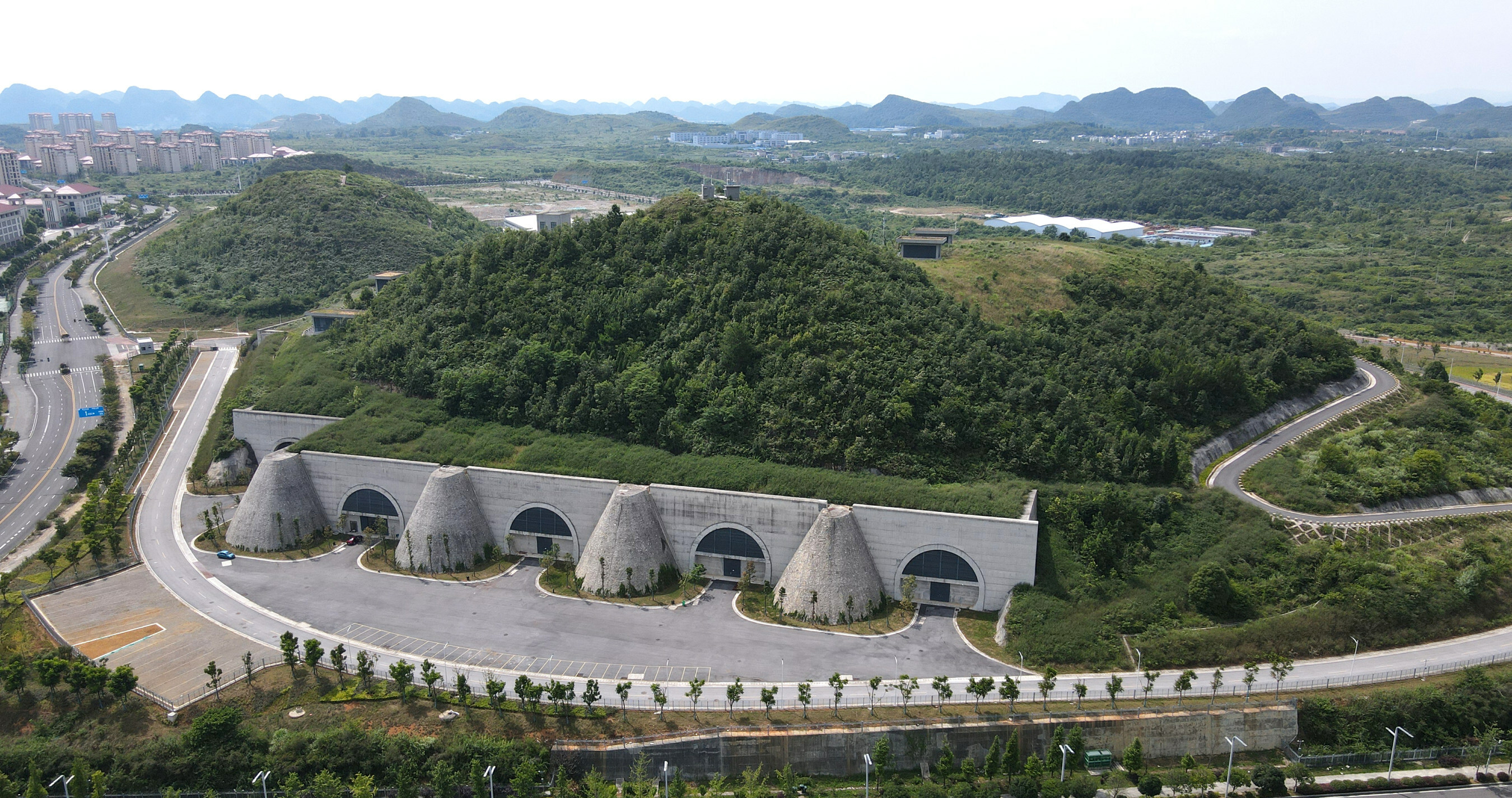
Facebook established its own data centre in Luleau, a small town outside the Arctic Circle, as early as 2013.
In addition to going to cooler places, the data centre itself is evolving. The heat dissipation process has changed from high power consumption to more water consumption. The use of air conditioning has gradually reduced. Evaporative cooling systems have taken over.
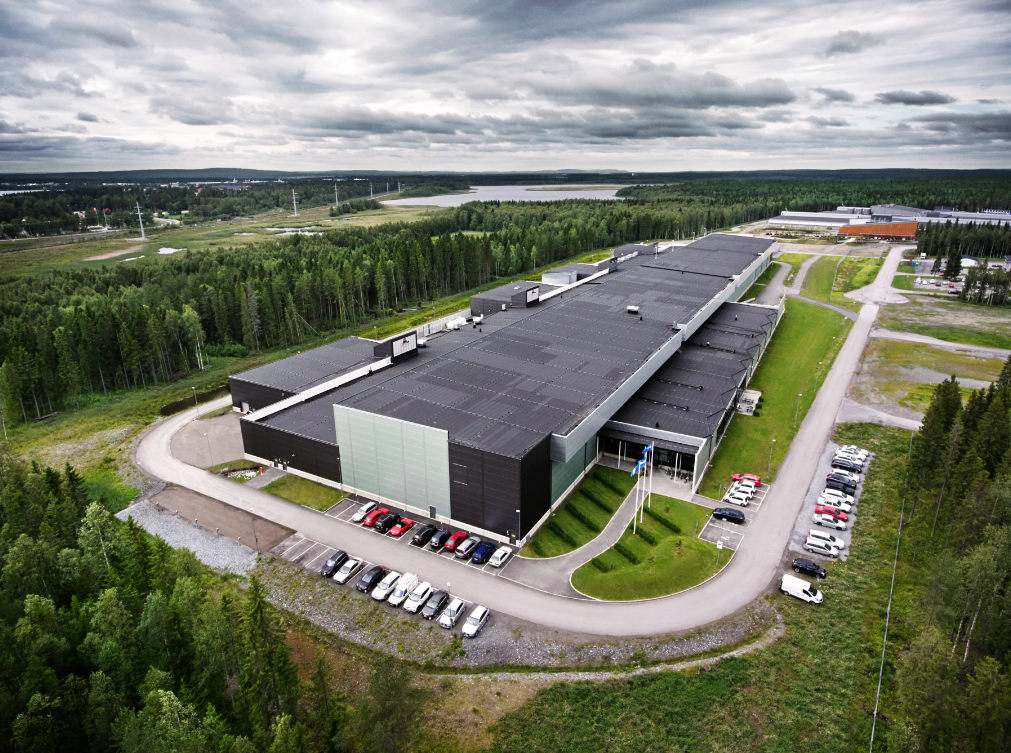
Evaporative coolers use water for cooling and do not need electricity, significantly reducing power consumption. But they also increase water consumption. However, compared with electricity, water is cheaper, so many data centres now use evaporative coolers.
Like Alibaba's data centre in Qiandao Lake, although the equipment is soaked in a special coolant for rapid heat dissipation, it ultimately needs cooling by a large amount of lake water.
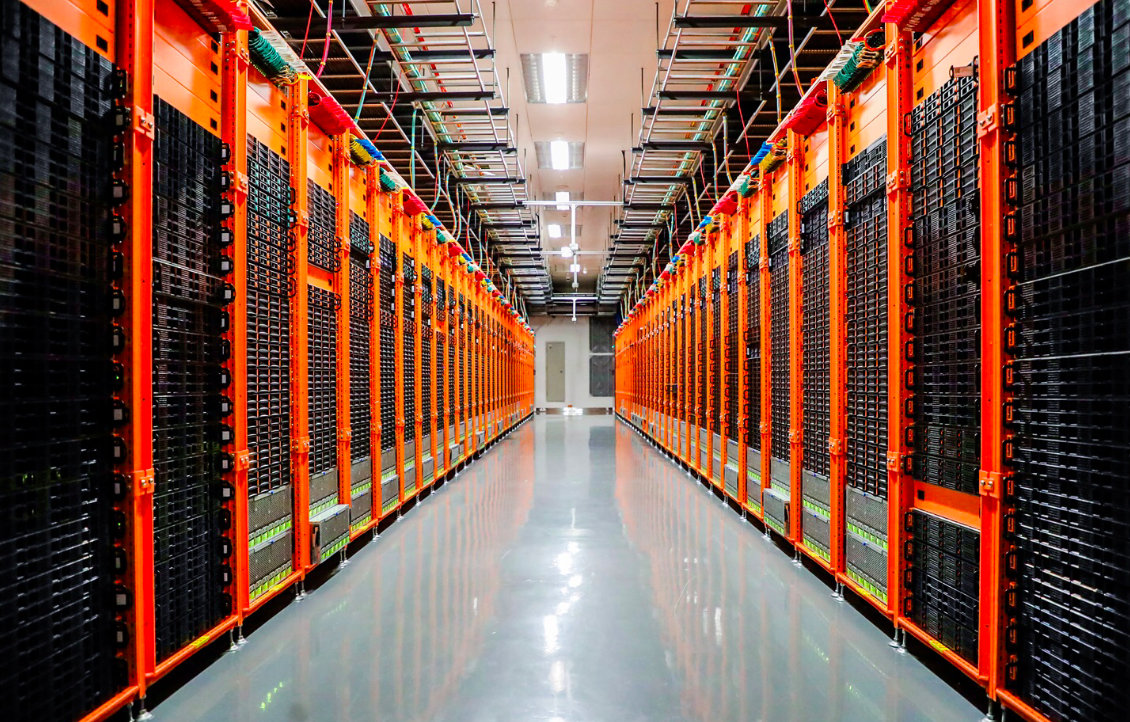
The servers use the deep waters of the lake to dissipate heat. No wonder many locals joke that the water they use is the ‘foot-washing’ water of the Alibaba Cloud Server.
Locations like Arizona and the Middle East have always been short of water. Wind power and photoelectricity are plentiful, so electricity is cheap. In addition, land in the desert is cheap, so building a data centre here saves money.
Google promised that by 2030, it will replenish 120% of the water it uses. Microsoft pledged to reduce water consumption by 95% by 2024. However, progress is slow because of the explosion of AI. With the AI boom, competition will become fiercer, and the role of data centres will become more critical. Heat dissipation will need upgrading again. If not, AI may consume all the water in some areas well before it takes away human jobs.”
I had the good fortune to talk to Pip Squire, Head of Energy, Design and Innovation at Ark Data Centres in the United Kingdom.
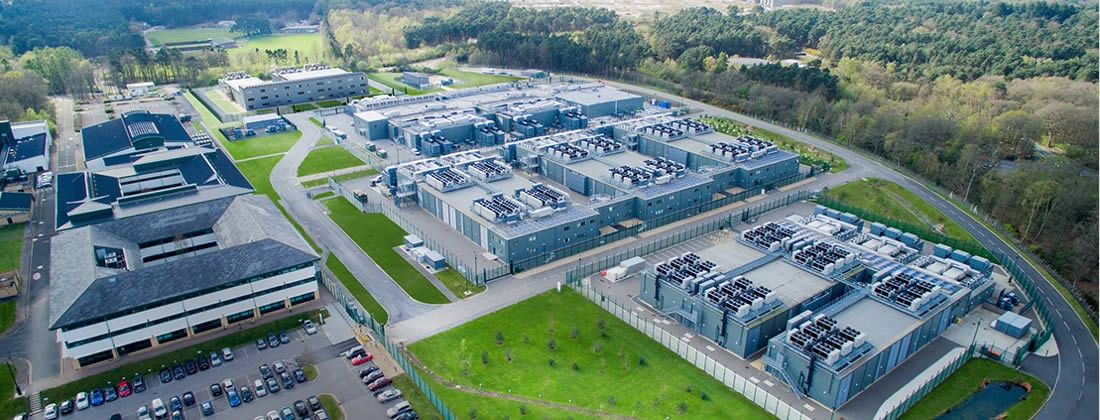
You must understand two important aspects of data centres. The first is that they can be no more than 50 kilometres from their primary customer base. For example, you cannot have a data centre in Iceland serving customers in Germany. Even with the fastest fibre connections, data will take too long to access over that distance. Customers will not accept even a few milliseconds delay.
Pip Squire explained
So, this means data centres are needed in many different environments…?
“Exactly!” Pip says. “This is my second point. You may need to build a data centre in the desert, in an urban environment, where it is hot, cold, rainy, or dry. The combinations are endless. Therefore, each data centre needs a cooling system suiting its environment. In Ark, operating in the UK, for example, we collect rainwater in vast underground tanks (like the Romans did) and use this for evaporative cooling. Some advanced Scandinavian countries use seawater from the fiords and return it to the city to provide heat.”
Pip referred me to the Climate Neutral Data Centre organisation. Formed by data centre operators in Europe, its mission is to:
(utilise) a breadth of opportunities for data centres to support decarbonisation through digitalisation... Data centres can also play a key role in decarbonising Europe’s energy system by enabling the development of new renewable energy on the electric grid, providing carbon-free system services to the grid, and supporting heat recovery and reuse where possible and practical.
The USA and other regions seem not as well prepared to tackle environmental concerns. An article in IOP Science clarifies its authors' concerns that more needs to be done. The report from I-Feng echoes this. The authors also suggest approaches to tackle environmental issues that the Europeans have adopted more quickly.

Pip Squire agrees that the rapid expansion of AI will lead to more significant heat dissipation problems in data centres. “We are all concerned to manage this expansion in the most environmentally friendly ways,” he says. “As with everything, the technology is there to eliminate environmental effects. Not only that, but as the Scandinavians have shown, the heat generated can produce positive environmental outcomes.”
Conclusions
The world relies on data centres and will continue to need more. The amount of heat generated by data centre servers will rise rapidly. Dissipating that heat will require even more resources. The technology already exists to mitigate environmental damage; it will continue to evolve. Data centres can even contribute to carbon reduction.
As always, the means exist if we care to use them.
So, Editor, thank you for your article and for raising this critical issue. And thank you, Pip Squire, for providing an all-important balance to the editor’s fears about global water supplies. It is clear that Europe at least, is well aware of the problem and is tackling it enthusiastically and creatively.
Worked on the article:

Wanlikhang


